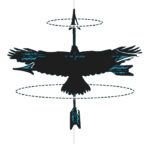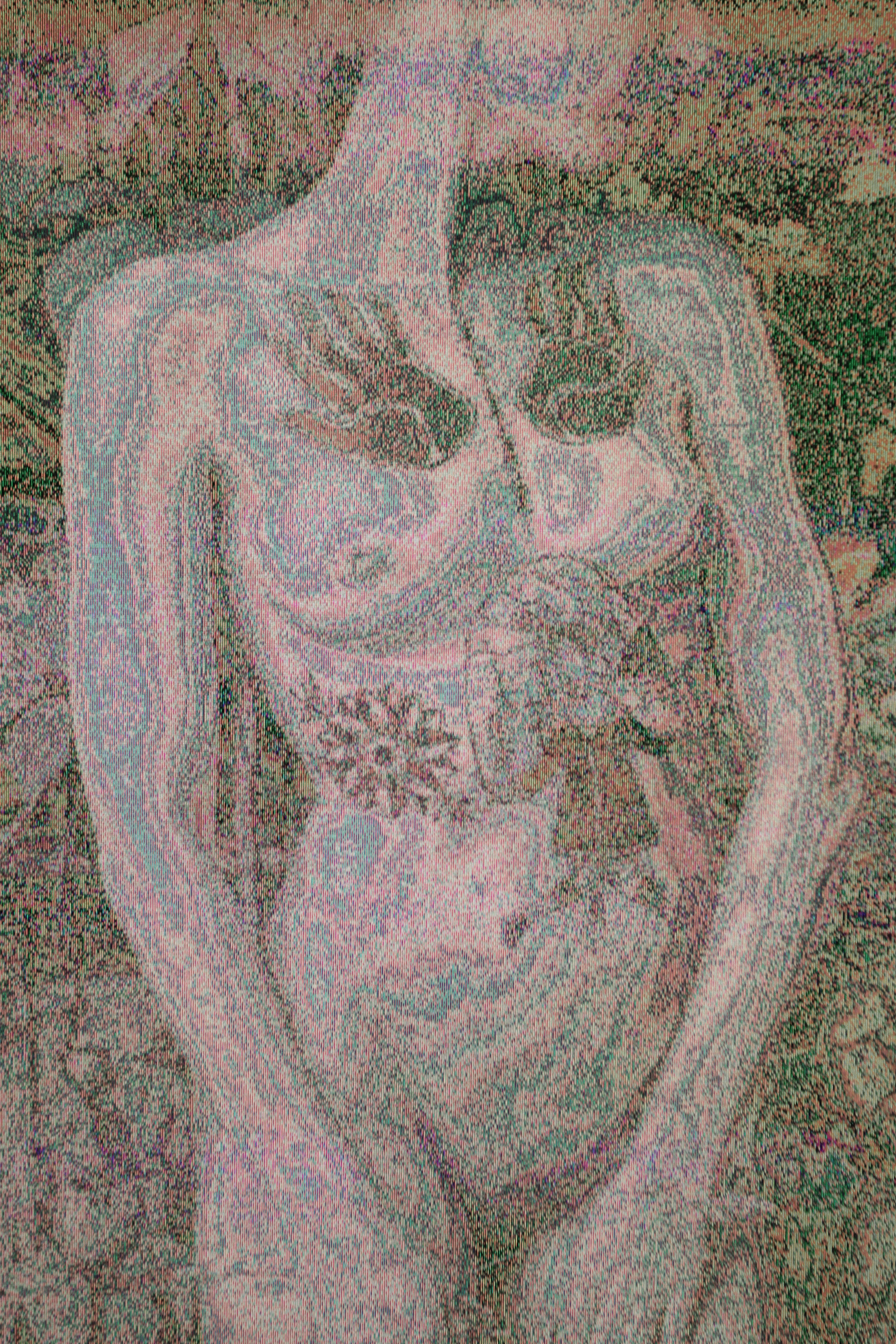Someone Else’s Livid Day
from The Guardian, August 21, 2015
The newspaper doesn’t mention epigenetics, but
startles with words like trauma
and holocaust, and a bright picture
of DNA Chagalled in space, curlicued
in dots of protein leaning
like the math of music held on a stave,
or like the barbs of an electrified fence,
the fence behind which
the children stand,
each tied in a dirty rag
that covers their ears against
the freezing, Polish wind. You can see them,
striped clothes sized for someone else,
bellies distended, even the tendril
of a girl, who sways near the others,
eyes demanding to be held,
arm open to the number tattooed
there, and on her son, years later,
whose vicious fists will writhe
against ‘yid’ and ‘sheeny’
or later, her grandson,
against ‘jew-bag’ and ‘zog’—
each printed in rope-bridge code
deep within the children
of those lucky enough
to survive their own ravenous
seasons, displayed in crisp reality
as each DNA is unrolled like a Torah scroll,
read out loud each shabbat, memories
that drag a language into the marrow,
into the bones, into the savage
hand of someone else’s livid day,
spread generation to generation.
Look deeply
into the DNA of my own children.
There you will find me, a little girl, dark
hair too long and torn underpants, unconscious
on a tiled floor because I couldn’t
remember my times tables.
Held
Just in time for reality
and rain, in time
to lasso the whisper that courses
through this body—
switch on the lamp, dear, —the gloam
gathers here
on my chest like a pet, unwanted
and smelling of age.
How easy
to dial you,
how hard to part
my hands, purse my mouth,
drive the whole head of white seed
out into the night,
even
as one riffles back, sticks
to my lips, and hands
that loop the rope
over my head,
round and round—
—arms so tired. Tonight
a room smolders in lamplight and no one
now to notice the stars
or dust or loneliness, just
another night when every molecule inside me
begs the taste of you.
—

